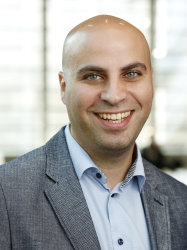BibTex format
@inproceedings{De:2018:10.1109/BIOCAS.2018.8584822,
author = {De, Marcellis A and Di, Patrizio Stanchieri G and Palange, E and Faccio, M and Constandinou, TG},
doi = {10.1109/BIOCAS.2018.8584822},
pages = {351--354},
publisher = {IEEE},
title = {An ultra-wideband-inspired system-on-chip for an optical bidirectional transcutaneous biotelemetry},
url = {http://dx.doi.org/10.1109/BIOCAS.2018.8584822},
year = {2018}
}

